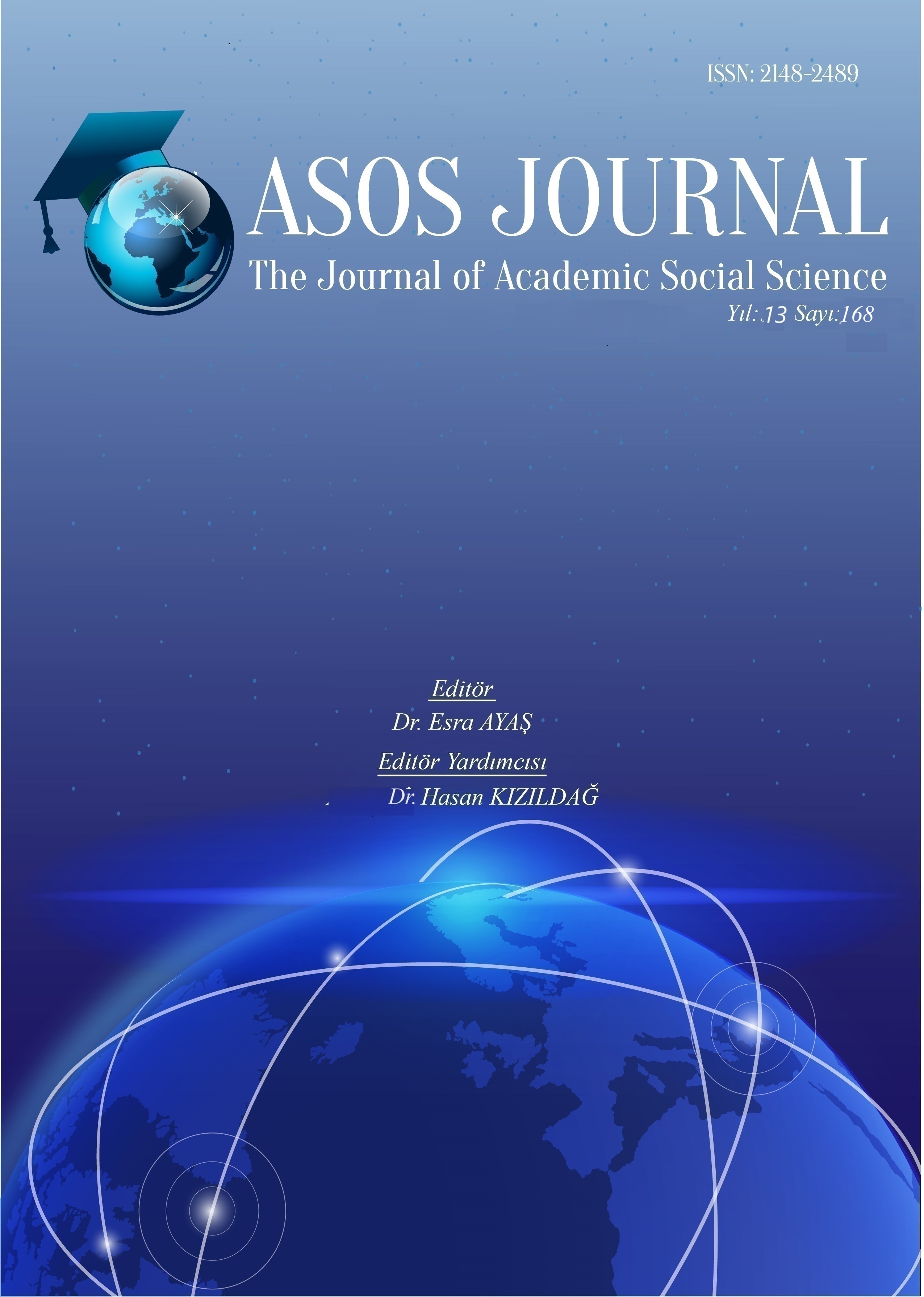Author :
Abstract
Medyada kadının temsili konusu, geçmişten günümüze halen iletişim bilimciler tarafından sıklıkla tartışılan konular arasındadır. Özellikle televizyon dizilerinde kadın kimliğinin nasıl yansıtıldığı, o toplumdaki tüm bireyler açısından büyük önem taşımaktadır. Çünkü televizyon, bir mesajı, izleyicinin zihnine kodlamada en önde gelen araçlardan biridir. Bu bağlamda bu çalışma, televizyon dizilerine, denetleme konusunda yasal tek yetkili olan RTÜK’ün kadın konusundaki yaptırımlarını ele alacaktır. Kadının medyadaki imajını koruyan en önemli yasal zeminlerden biri, 6112 sayılı Kanun’un 8.maddesinin 1. fıkra (s) bendinde var olan yayınlar “toplumun cinsiyet eşitliğine ters düşen, kadınlara yönelik baskıları teşvik eden ve kadını istismar eden programlar içeremez” ilkesidir. Bu ilke uyarınca televizyon dizilerindeki kadın karakterler analiz edilmekte ve ilkeye aykırı olduğu düşünülen sahneler ceza almaktadır. Bu makale çalışmasındaki amaç, kadının televizyondaki konumuna yasal mevzuat tarafından nasıl bir çerçeve çizildiğinin bir analizini yapmaktır. Kadına yönelik ihlallerde RTÜK yaptırımları nasıl uygulanıyor? Hangi sözler ve görseller ceza ile karşılaşıyor? Bu cezalar kadının toplumsal cinsiyet bakımından konumlanmasını nasıl etkiliyor? şeklindeki sorulara cevap aranacak olan bu çalışma, yaptırımlara konu olan sahnelerdeki görsellerin göstergebilimsel analizi ile ortaya çıkarılacaktır.
Keywords
Abstract
The subject of women’s representation in the media is one of the most frequently discussed topics by contemporary communication scientists from the past to the present. Especially how women’s services are reflected in television series, the great importance given to the perspective of all individuals in that society. Because television is one of the most prominent tools when it comes to writing a message into the mind of the viewer. This flexible into the mind of the viewer. This flexible study addresses the women’s policies of RTÜK, which is the sole legal authority for disruption in television series. One of the most important legal grounds protecting the image of women in the media is the principle in Article 8, paragraph 1, subparagraph (s) of Law No.6122, which states that broadcasts “cannot contain programs that are contrary to gender equality of society, encourage oppression against women and exploit women ”. According to this principle, female characters in the television series are analyzed and scenes that are considered to be contrary of the principle are penalized. The aim of this article is to analyze how the legal framework draws the position of women on television. How are RTÜK sanctions applied in violations against women? How do these penalties affect the positioning of women in terms of gender? This study will seek answers to the questions such as: How are the visuals in the scenes subject to sanctions penalized? This study will reveal the semiotic analysis of the visuals in the scenes subject to sanctions.





